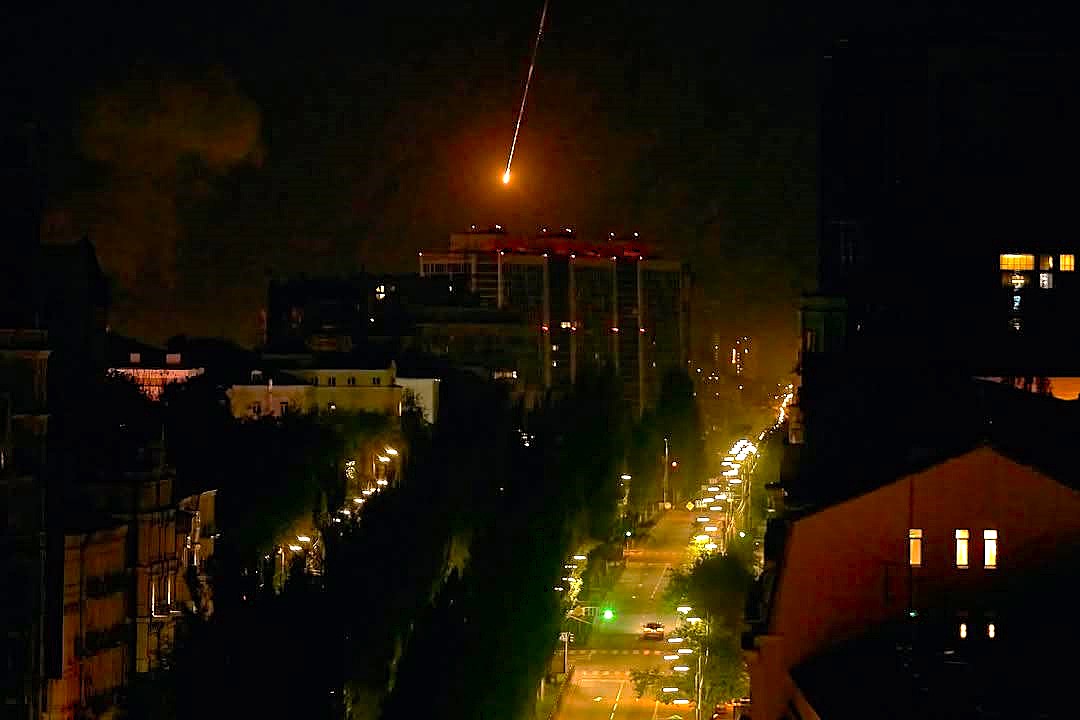
The negotiations on Ukraine are struck. The room for manoeuvre is very limited – well, it has been since the beginning – and the positions are too divergent. Moscow wants to keep the territories it has seized at the cost of so much blood, its coveted buffer zone, and aims to reach an agreement directly with Washington, cutting out Kiev and Brussels.
Zelensky, for his part, cannot present himself to his citizens as the president who, after heroic resistance, has ceded important parts of Ukraine to the Russian aggressor. His political future is clearly at stake. In the middle is Trump, the mediator, whose sole objective is to silence the guns, regardless of how this goal might be achieved and without giving any sign of fully assessing the strategic consequences that, for example, formal recognition of Crimea as Russian could have in other areas... Then there is Europe, for which a redrawing of Ukraine's borders by force would be a disaster, giving breath to the multidimensional Russian threat for years to come.
In short, a dead end from which it seems very difficult to escape today, except at the price of exhausting the two contenders, as happened in the past with the Korean War and the Iran-Iraq War. The events of the night between 23 and 24 April bear witness to this (ominously reminiscent of the so-called ‘war of the cities’ between Iran and Iraq).
During the night, Russia launched one of the most massive combined attacks in recent months against targets across Ukraine, which continued until the early hours of the following morning. Putting together various sources, Moscow's forces reportedly deployed several GERAN 2 suicide drones (around 150), accompanied by GERBERA decoy drones, ISKANDER missiles (in two versions: ballistic ISKANDER-M and cruise ISKANDER-K) launched from the Russian oblasts of Kursk, Bryansk and Voronezh, KALIBR cruise missiles, launched from Black Sea Fleet units, and Kh-101 missiles, launched from Tu-95 strategic bombers. The western districts of Kiev (Holosiivskyi, Solomianskyi, Sviatoshynskyi and Shevchenkivskyi districts) were hit, where at least 2 strikes and 10 deaths were reported, Kharkiv (several strikes, with 7 missiles, including KALIBR, and 12 GERAN 2 hitting their targets), Pavlograd, and the oblasts of Khmelnytskyi, Zhytomyr, Dnipro, Kirovohrad (Kropyvnyckyj), Pavlograd and Zaporizhzhia. Among the targets were airports (in Kharkiv), industrial complexes (in Kahrkiv), railway infrastructure (in Kiev, Kharkiv and Zhytomyr) and air defence sites. This morning, the Ukrainian Air Force reported that it had intercepted 7 out of 11 ISKANDER-M (or their North Korean counterparts KN-23), 31 out of 37 Kh-101, none of the ISKANDER-K (out of 6 launched), 6 out of 12 KALIBR, and about 125 UAVs out of 150.
At the same time, or almost, waves of Ukrainian suicide drones (about 80 UAVs according to Moscow sources) attacked Russian territory (several drones were shot down in the Voronezh Oblast) and Crimea. In the latter, a radar site in Shelkovychnoye, in the Saky district, and the Kirovskoye airbase may have been hit, but explosions were reported in the districts of Dzhankoy (Belbek airbase), Krasnoperekopsk, Simferopol and Stary Krym.
On the ground, however, no significant events were reported. The tug-of-war continues in Donbas and Kupyansk, with very slow progress and a battlefield that is prey to drones, which detect movements and attack targets in a continuous, non-stop cycle. Traditional mechanised manoeuvres no longer exist. Perhaps whoever has the most blood and energy will win.
(In the photo: one of the missiles that hit the capital)








.png)
